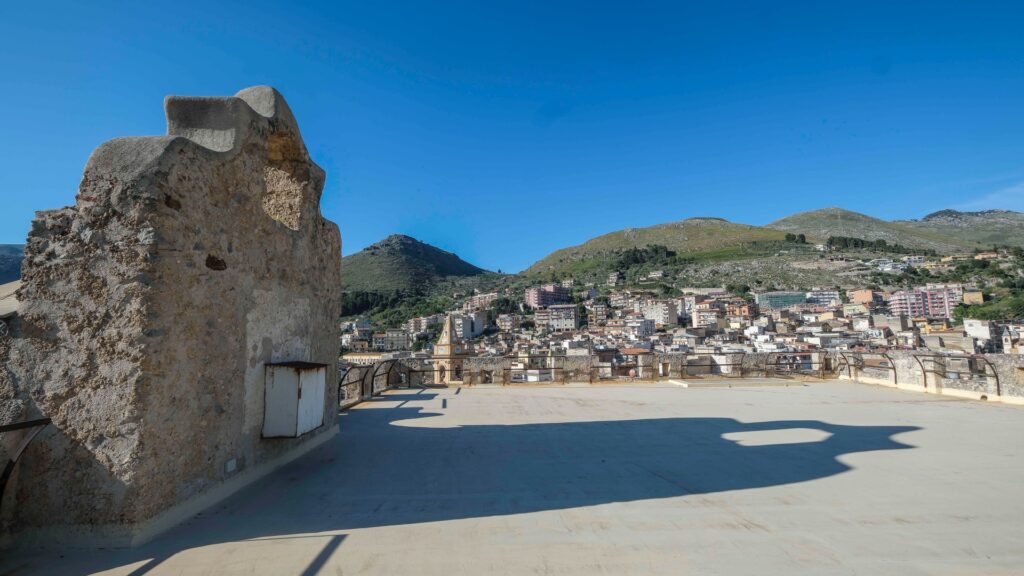The “Muzzuni” festival is a festival of ancient tradition, which can be traced back to the Hellenic civilization, a legacy of an ancient propitiatory rite for the fertility of the land linked to the peasant world. It was originally celebrated on June 21 for the summer solstice, the brightest day of the year. With the advent of Christianity, it was moved to June 24, dedicated to St. John the Baptist, a beheaded martyr. Since then, pagan and Christian elements have been mixed in this ritual that has been repeated for centuries.
But why is it called “Muzzuni”? The dialect term refers to a jug without a neck (severed) covered with a silk scarf and adorned with gold belonging to the families of the neighborhood, from the top of which come out stalks of barley and wheat sprouted in the dark, lavender, carnations and ears of wheat already ripened. At dusk, the preparatory phase of the festival begins, whose protagonists are exclusively women. “U Muzzuni” is first carried in procession through the narrow streets of the neighborhoods of the village of Alcara Li Fusi amidst folk songs and dances. Then, it is welcomed on the previously decorated altars around which the so-called “pizzare” are spread, typical carpets woven with the ancient pedal loom using scraps of fabric. Carpets that are also proudly displayed on balconies, on the walls of houses and along the streets. The festival is a hymn to the luxuriance of nature, to love and youth, “a living document of our human and cultural roots”, wrote the anthropologist Antonino Buttitta.
In front of the “Muzzuni” even today, the “Rite of the comparative” is renewed, thanks to which old friendships are strengthened and new ones are intertwined. This festival has managed to survive to the present day thanks to the community of Alcaresi who have been able to perpetuate this ancient rite of pagan religiosity, a source of promise, fertility and abundance.




